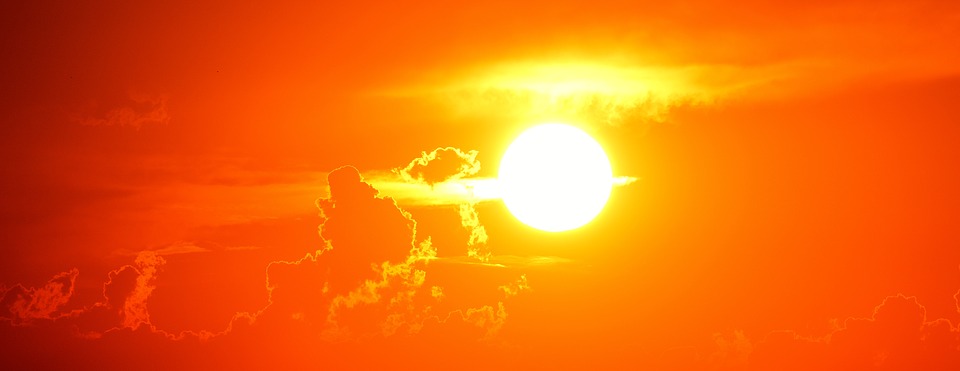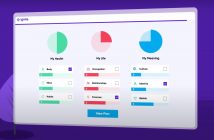The recent scorching weather provides a timely reminder of the importance of protecting workers from the power of the sun’s potentially deadly rays

Workers may be exposed to harmful ultraviolet (UV) radiation from the sun, particularly while working outdoors, WorkSafe advises.
This exposure may increase the chance of developing serious health conditions, such as skin cancer.
Where there is a risk to health and safety from sun exposure during work, a person conducting a business or undertaking (PCBU) must ensure that this risk is managed appropriately.
PCBUs can manage the risk from UV radiation by following the Plan-Do-Check-Act approach:
- Plan: assess if exposure to UV radiation is a hazard for workers, and identify appropriate control measures
- Do: set up control measures that eliminate or minimise exposure
- Check: monitor how effectively the control measures are working
- Act: make changes to improve if necessary
The total amount of UV radiation that a worker may be exposed to when working outside depends on the following factors:
- The time of day and time of year
– sun height
– earth-sun separation - The weather conditions
– cloud amount and type
– pollution levels - The geographical location of the work
– ozone amount
– altitude
– latitude - The surfaces at the work site
– reflective surfaces - The chemicals a worker is exposed to
– photosensitising substances
PCBUs should therefore consider setting up a system where workers are aware of the day’s UV levels.
Knowing the daily UV levels in a specific area can help both a PCBU and its workers decide which level of protection should be used.
For example, encouraging workers to check the alert on their phone or desktop at the start of each work day can help them to manage the risk.
There are different ways the UV level in an area can be checked including:
- Sun Protection Alert
- National Institute of Water and Atmospheric Research (NIWA) forecast UV
- Phone apps such as uv2Day app or UVLens app can be downloaded to smartphones or mobile devices.
Smartphone apps like uv2Day are a useful tool to determine the UV levels for the day by showing how the UV levels are expected to change over the day and providing an estimate of how many minutes of sun exposure at any time can cause skin damage.
Weather conditions
UV radiation can vary depending on the weather conditions and are generally higher on a cloudless day.
However, UV radiation is able to pass through cloud cover and can reach harmful levels even on a cloudy day – for short periods of time, UV levels can even be higher on a cloudy day than on a clear day.
Light cloud cover may have similar UV radiation intensity to a cloud-free day (high UV radiation) and scattered cloud cover may cause varied levels of UV radiation intensity (high UV radiation) while heavy cloud cover reduces the UV radiation intensity significantly (lower UV radiation).
Photosensitising substances
Some substances known as photosensitisers can cause a person’s skin or eyes to be abnormally sensitive to UV radiation.
A worker may come into contact with a photosensitiser by swallowing it (eg taking medication), breathing it in (eg inhaling chemicals), or through skin contact (eg touching plants).
Many medications are linked to photosensitivity and workers should talk with a health professional about the medications they are using and how this may affect photosensitivity.
Workers should check their medication for photosensitivity side effects, and talk to a doctor or pharmacist if they are not sure.
The PCBU should also identify the photosensitising substances that workers may come into contact with in their work.
The risk of sun exposure cannot be fully eliminated and therefore it must be minimised, so far as is reasonably practicable, by establishing effective control measures.
Here are some tips from Safetree on how to beat the heat:
- Carry a water bottle and drink at least half a litre an hour.
- Adjust the schedule to include more frequent breaks or consider letting workers set their own work/rest schedule. Make sure people can rest in the shade,and use fans or air-conditioning in crew huts and vehicles.
- Schedule the most physically demanding tasks for the coolest part of the day. If that’s not possible, try to share the load by rotating workers. Adjust the schedule so people can work in the shade as much as possible.
- Wear sunscreen and reapply every two hours. Cover up with loose-fitting clothes made of light fabrics – cotton will keep you cooler than synthetics. Make sure helmets have flaps and visors.




